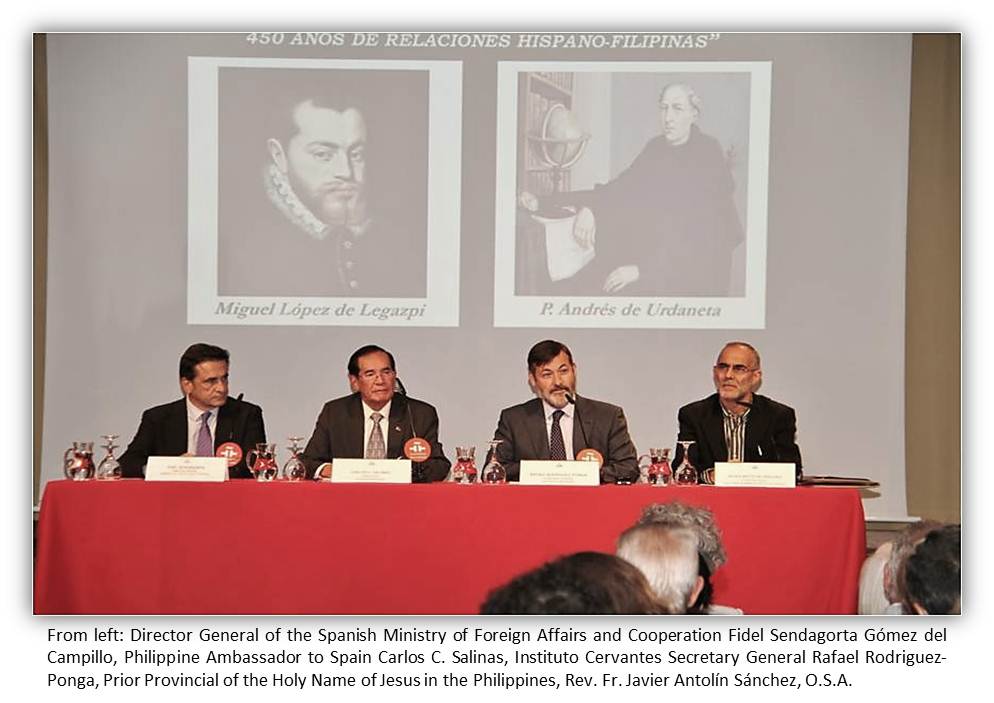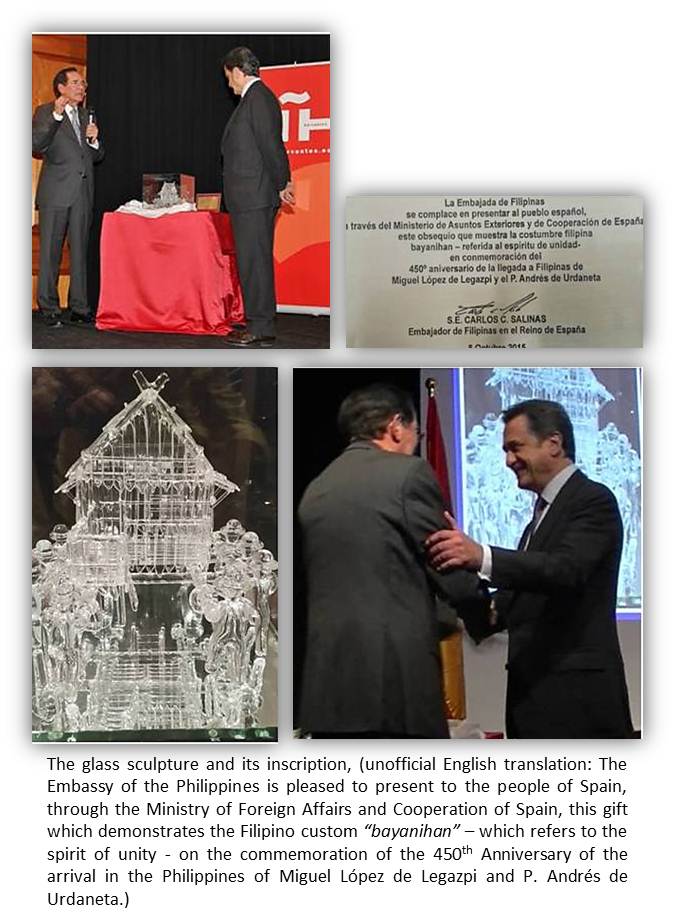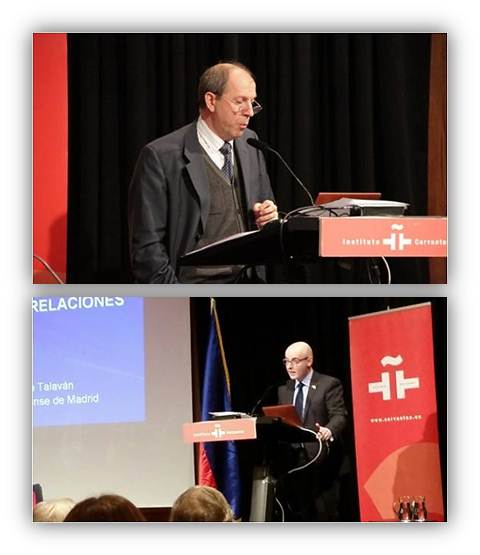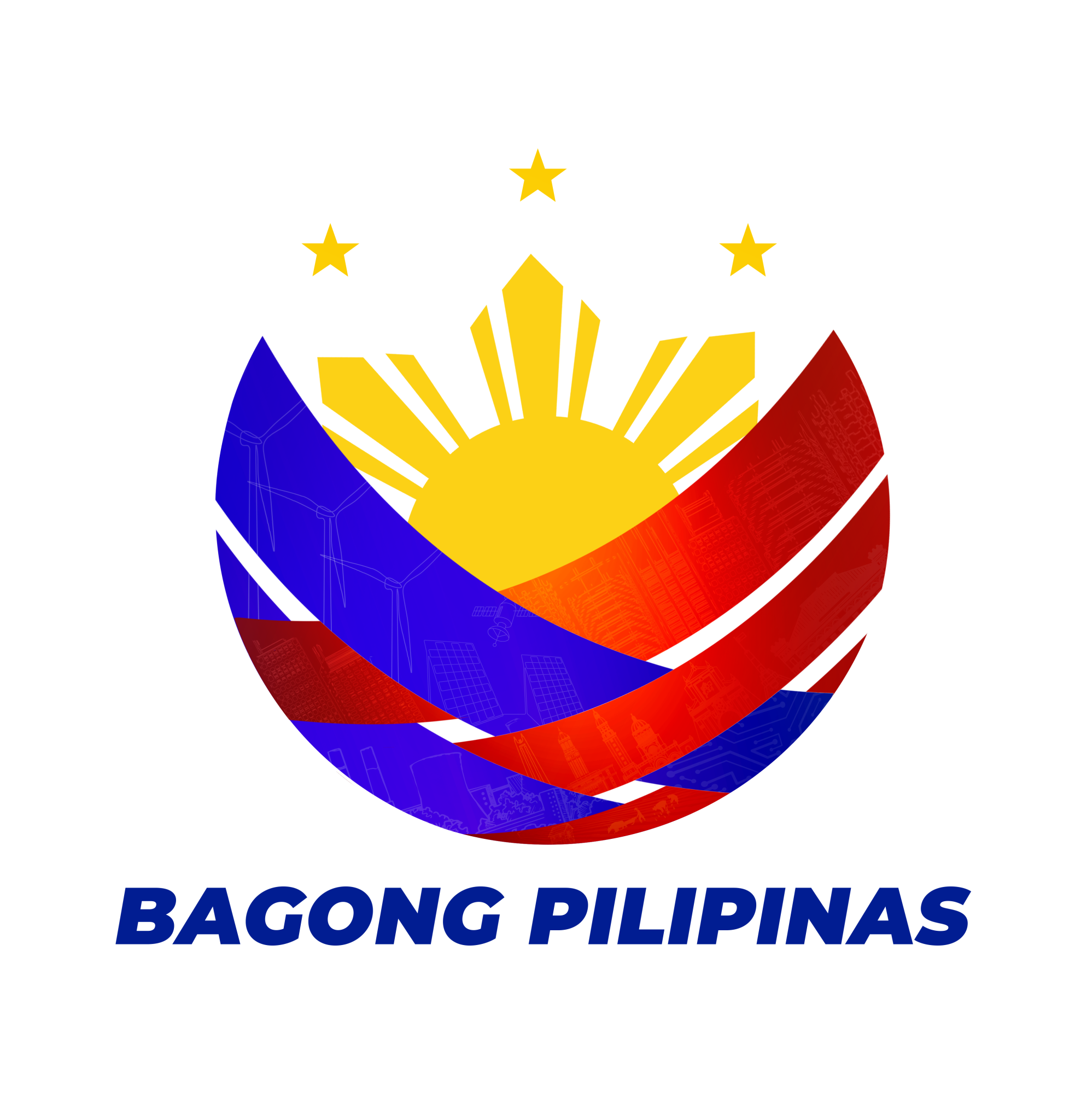
15 October 2015 - The Philippine Embassy in Madrid, in coordination with Instituto Cervantes, conducted a roundtable discussion, entitled “Creating Bridges (1565-2015): 450 Years of Spanish-Philippine Relations,” in commemoration of the 450th anniversary of the arrival of Spaniards Miguel López de Legazpi and Fr. Andres de Urdaneta in the Philippines.
The discussion was opened by Instituto Cervantes Secretary General Rafael Rodriguez-Ponga and the Prior Provincial of the Holy Name of Jesus in the Philippines, Rev. Fr. Javier Antolín Sánchez, O.S.A.
Philippine Ambassador to Spain Carlos C. Salinas, in his message, paid homage to Miguel López de Legazpi, the Basque explorer who established the first Spanish settlement on the site of modern Cebu and Fr. Andres de Urdaneta, an Augustinian priest who assisted López de Legazpi as the navigator of the expedition. He noted that these explorers “upheld ideals that might seem naïve and ideas that start out as improbable, but in the end have made the world a better place and humanity, braver, wiser, and stronger.”
 For the occasion, the Ambassador presented a glass sculpture to Mr. Fidel Sendagorta Gómez del Campillo, Director General of the Spanish Ministry of Foreign Affairs and Cooperation. The sculpture is of the Filipino custom of “bayanihan” which depicts the value of uniting for a common cause.
For the occasion, the Ambassador presented a glass sculpture to Mr. Fidel Sendagorta Gómez del Campillo, Director General of the Spanish Ministry of Foreign Affairs and Cooperation. The sculpture is of the Filipino custom of “bayanihan” which depicts the value of uniting for a common cause.
The main speakers, Father Blas Sierra de la Calle, O.S.A, Director of the Museo Oriental in Valladolid and Professor Miguel Luque Talaván of the Universidad Complutense de Madrid, expounded on the depth and breadth of the interaction between the two countries.
Fr. Sierra emphasized that the Augustinians established relations with the Filipinos on the basis of respect. He presented how the Augustinians studied and documented many Filipino dialects with the hope of preserving them. He emphasized the Augustinians’ dedication to their mission to evangelize other peoples, a mission that the Augustinians continue in the Philippines to this present day.
 Prof. Luque, on the other hand, emphasized the trade and commerce brought about by the circumnavigation of the world. He talked about the interaction of cultures among Philippines, Mexico and Spain as a result of the galleon trade.
Prof. Luque, on the other hand, emphasized the trade and commerce brought about by the circumnavigation of the world. He talked about the interaction of cultures among Philippines, Mexico and Spain as a result of the galleon trade.
The event, held at the Salon de Actos of the Instituto Cervantes, was attended by members of the academe, the Filipino community, and Philippine history enthusiasts. END

